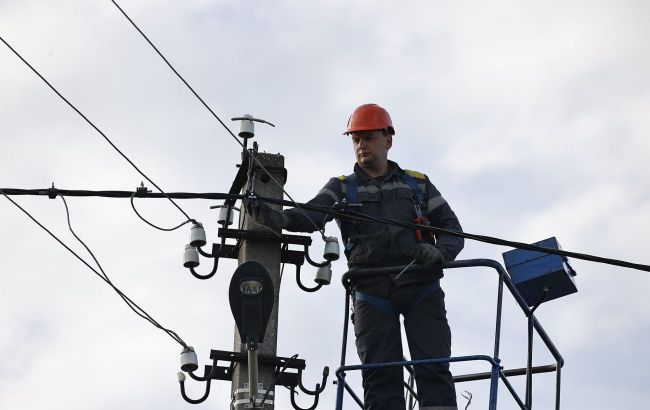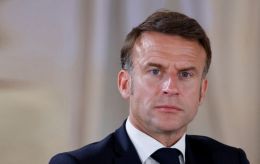Russians employ new tactics in strikes on Ukraine's energy infrastructure
 Illustrative photo: Russia uses new tactics to attack energy sector (Getty Images)
Illustrative photo: Russia uses new tactics to attack energy sector (Getty Images)
The Russian military is using a new tactic of shelling the Ukrainian energy sector. Its purpose is to block certain regions from electricity supply.
As a result, the power supply situation is seriously deteriorating in the eastern and central regions. Currently, the situation is most difficult in the Dnipro and Kharkiv regions.
On November 28, then on December 13, and finally on December 25, the Russians attacked both generation and transmission facilities. In the first two attacks, transmission suffered more. This was reflected in the outage schedules. In the western regions, they were minimal or not applied at all, while in the rest of the territory, 2 lines were disconnected simultaneously.
Due to the inability to transmit electricity through damaged grids, its production was reduced at nuclear power plants.
During the shelling on December 25, the Russians focused on generation. There were destructions in seven regions - RBC-Ukraine wrote about them in detail. Several TPPs, CHPs, and hydroelectric power plants of the Dnipro cascade were damaged. NPP generation was expanded to increase capacity.
“Damage to coal generation is quite significant, and there is damage to hydro generation. They are not critical, but they will take some time to repair. But they could not simultaneously strike at high-voltage networks, and this gives us a certain power reserve, which is now being used,” Oleksandr Kharchenko, director of the Energy Research Center, told RBC-Ukraine.
After the shelling on December 25, the system lost a large share of generation. Theoretically, it could be compensated by imports. But in practice, imports would not have helped anyway, as the transmission capabilities that were destroyed earlier have not yet been restored. As a result, Ukraine had to use uneven power cuts again.
The repair is being taken quickly enough. On December 25 and 27, there were fewer power outages. The situation is so complicated that restrictions had to be imposed on the day off, December 28.
According to Energy Minister Herman Halushchenko, the Russians have changed their shelling tactics this year. Previously, the emphasis was on drone attacks, but now they are increasingly using rockets, with cluster munitions.
“This causes more damage and requires more time to restore, as it is necessary to carry out demining,” Halushchenko said on Ukrainian TV.
But despite the complexity of the situation, there is no reason to expect a total blackout. The Russians do not have enough resources, Kharchenko said.
According to him, the situation will be more difficult in the eastern regions.
“There is a lot of damaged generation there, and it is physically impossible to deliver the required amount of electricity there. Therefore, for some time Ukraine will live in slightly different schedules - it will be a bit more difficult in the eastern regions,” he said.
But the expert is particularly concerned about the strikes on the heating system. “In Dnipro and Kharkiv, the attacks were on thermal power plants, and I think this is more dangerous for the population than the lack of electricity,” the expert said.
Attack on Ukraine's energy sector
On Christmas Day, December 25, the Russian troops launched a new massive attack on Ukraine's energy sector. They fired 78 missiles of various types and 106 drones. Air defense forces destroyed 59 missiles and 54 drones, while 52 more drones were lost locally. But there were also hits.
After the massive attack, scheduled blackouts were introduced across Ukraine.
A thermal power plant worker was killed in the Dnipro region as a result of the shelling. Read more about the consequences of the shelling in the RBC-Ukraine report.

